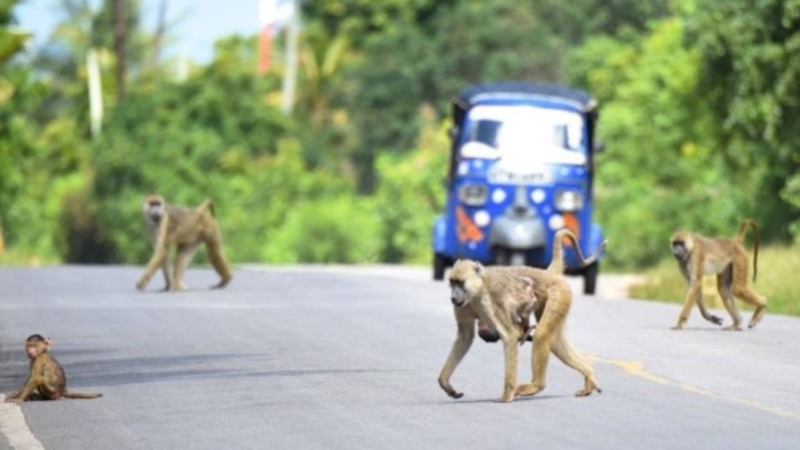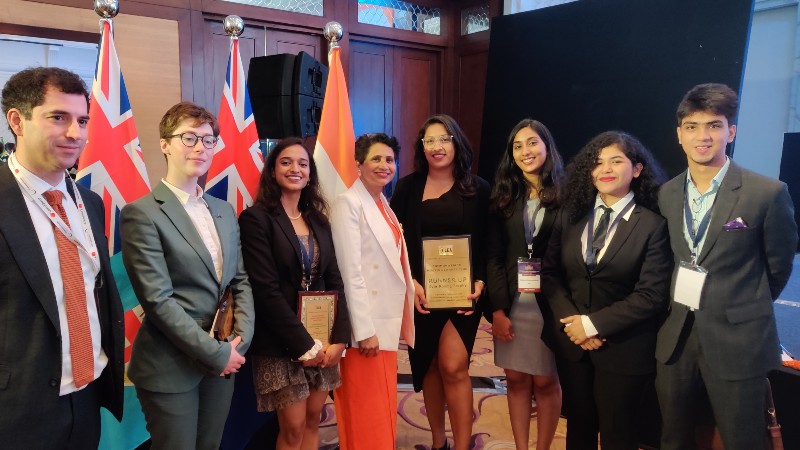
09 January 2024
Wildlife expert and Oxford Brookes University professor receives OBE
An Oxford Brookes University professor whose research focuses on endangered animals in Asia and Africa has been recognised in the New Year Honours List.
The School of Law and Social Sciences is a vibrant, diverse and inclusive community, delivering outstanding learning and teaching underpinned by cutting-edge research. We bring together experts in anthropology, criminology, geography, international relations, law, politics and sociology. All our subjects are engaged with understanding and analysing cultures, legal and political systems, and societies.
We engage with the local and the global through our research and teaching, and the size and scope of the School means that our staff and students can develop interests in their own field and across subjects. We have partnerships with organisations across the world, but are firmly rooted in the local community of Oxford through our work with employers, community groups and schools.
Our students are taught by internationally renowned staff and develop skills highly valued by employers including communication, analysis, critical thinking and research. Work placements and study abroad options provide excellent opportunities to put those skills into practical use, further enhancing employability and supporting life-long learning.
Find out more about the School of Law and Social Sciences by visiting the links below.

An Oxford Brookes University professor whose research focuses on endangered animals in Asia and Africa has been recognised in the New Year Honours List.

A new database, compiled by researchers from Oxford Brookes University and experts from around the world reveals the deadly consequences of road networks and traffic on primates globally.

Oxford Brookes University School of Law triumphed in two prestigious competitions in the space of a week, with two of its alumni winning an international contest.

An Oxford Brookes alumnus has been recognised as one of the 100 Most Influential People of African Descent in the world, under forty years of age, by the United Nations General Assembly.
